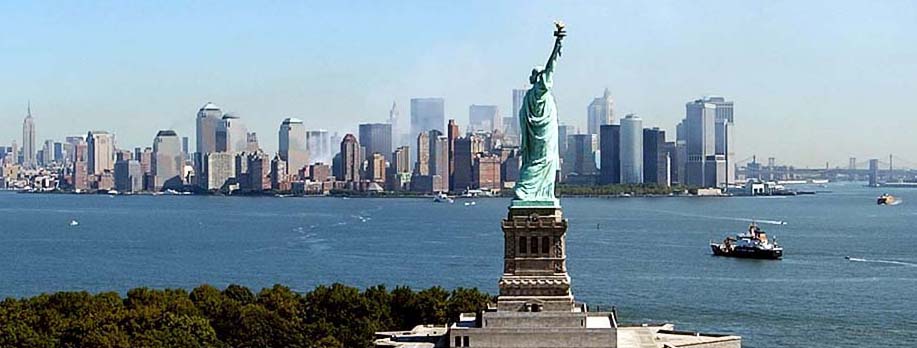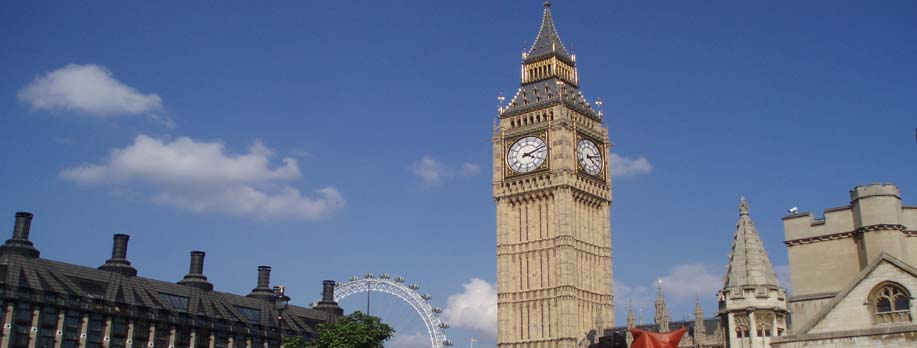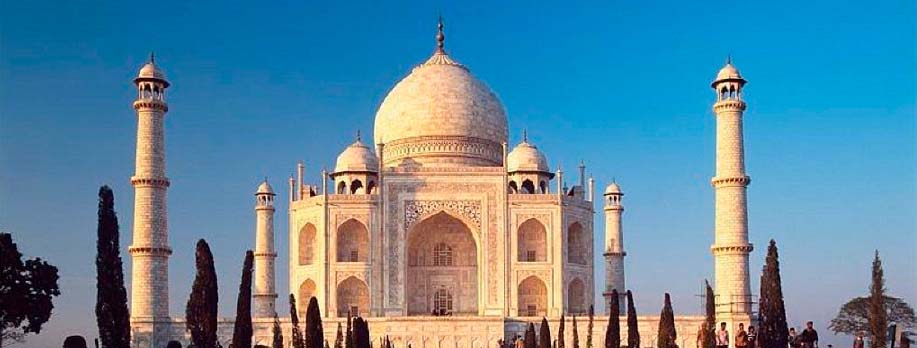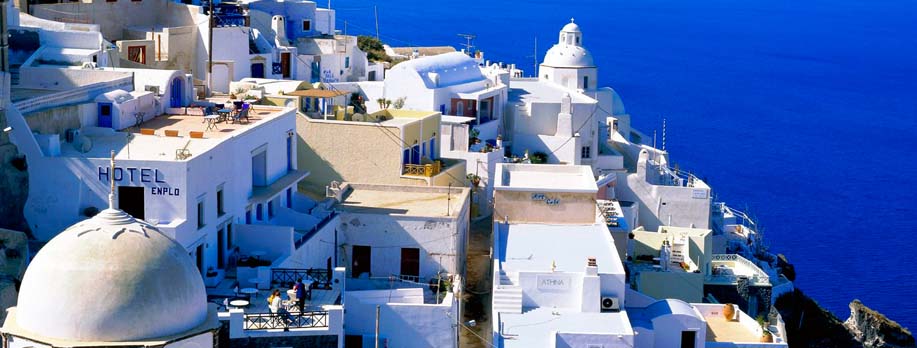| Bandel Church |
| Bandel, 43 km from Kolkata, is an anglicized version of bandar, meaning ’wharf’ in Portuguese. Once an important port, it is known today for its church, the oldest outside Kolkata. However, the present church is a replacement of an earlier edifice that was razed to the ground when Shah Jahan, the Mughal emperor, sacked the Hooghly in 1632. The Portuguese, nevertheless, were soon allowed to return and the present Basilica was built in 1660 by Gomez de Soto, who had the keystone of the old church. The new house of worship is dedicated to Our Lady of the Rosary, Nossa Senhora di Rozario. In the centre of the main façade is a beautiful statue of the Virgin (Our blessed Lady of Happy Voyage) and the Child. It is believed to have been originally on the altar of the old church destroyed by the Mughals. Legend relates that Father da Cruz and a pious Portuguese merchant used to pray before this image. After the fort was captured by the Mughals, the merchant, fearing sacrilege, took it from the altar, jumped into the Hooghly and swam across with it but was seen no more. One night, after the Portuguese returned to Bandel, a violent storm woke Father da Cruz. He heard his friend’s voice saying. â€ÂHail! Our Lady of Happy Voyage, who has given us victory! Arise, oh Father, and pray for us all!â€Â On looking out of the window, he saw the river lit with a strange light and it seemed as if someone was coming towards the church. Early next morning, to the great surprise of Father da Cruz, he found the image of the Holy Virgin a few yards from the Basilica gate. He placed it on the altar immediately and a special festival was instituted to commemorate this miraculous event. Years have gone by but the blessed Lady is still worshipped at the Bandel Church. On her benign face is reflected the faith and joy of men and women who live no more. The universal feelings, however, are carried forward. The beauty and peace of this Basilica is intoxicating. And the flame of the candles lit by hundreds of devotees flicker with hope even in these troubled times. |
| Belur Math |
| Belur Math, the headquarters of Ramakrishna Mission, is situated to the north of the city across the Vivekananda Bridge from Dakshineshwar. The world-famous temple was built by Shri Ramakrishna/’s beloved disciple Swami Vivekananda in 1938. The great mansion lies 3 km south along the west bank of the river Hooghly. It is a universal place of pilgrimage, visited by people belonging to diverse castes and creeds. The math is committed to social service, religious harmony, spiritual attainment and renunciation. |
| Bishnupur |
|
Located 100 km northwest of Kolkata in Bankura district, Bishnupur has a glorious past that is reflected in its rich architecture, music and handicrafts such as pottery and weaving. It houses unique terracotta temples, each more beautifully embellished than the other. Once the capital of the Malla kings, Bishnupur is renowned for its crafts such as intricate Balucheri saris, the rare ganijifa (circular Indian playing card), delicate carving on shells and bell metal artefacts. The brick temples at Bishnupur, built between the 17th and 18th centuries when terracotta had reached its zenith under the Malla kings, are located in the ruined fort area and its neighborhood. The oldest brick temple is a curiously shaped Rasmancha with an elongated pyramidal tower surrounded by hut-shaped turrets. It was built in the late 16th century by King Beera Hambira. The temple of Shyam Rai with its superior figurines and floral patterns was the first of its kind in Bengal. The temple of Madanmohana, the best known in Bishnupur, in the Sankharipara area was built outside the fort compound by King Durjana Singh Dev, son of Raghunath Singh, in AD 1694. It is built in the /â€Âeka ratna/â€Â style, a square flat-roofed building with curved cornices, surmounted by a pinnacle. Apart from temples, Bishnupur has some very attractive bandhs or large tanks that offer good sightseeing. The Lalbandh, Krishnabandh, and Pokabandh were built by the Malla kings around 17th and 18th centuries. These were made to provide water to the villagers and to protect the town from enemy attack by draining out the water towards them. |
| Botanical Gardens |
| Founded in 1786 beside the Hooghly in Shibpur, the Botanical Gardens is a major attraction in the vicinity of Kolkata. Covering an area of 110 hectares, it was intended to promote the study of Indian trees and herbs. The main attraction of the garden is a 250-year-old banyan tree (Ficus bengalhensis) which rises to a height of 98 feet and measures over 1,300 feet in circumference. |
| Chinsura |
| Chinsura, barely 46 km from Kolkata, is the locale of a Dutch factory built in 1628. The Fort Gustavas, as it is known, has been described by Gautier Schouten in 1665 as the most magnificent edifice to be built in Hooghly. Along the river bank were homes with pretty gardens inhabited by the Dutch themselves and some Armenian families who built for themselves a beautiful church. However, with the outbreak of war in Holland in 1781, Chinsura was annexed by the British. The ships owned by the Dutch sailed away. The sound of guns softly died. What remains now is a vestige of the past, behind the cloud of memories. You can seek it in the ruins of Fort Gustavus, whose barracks have now been converted into the Court; in the façade of imposing mansions that tell their silent story; down the corridors of Mohsin College in Hooghly, where, maybe on a moonlit night, the light footsteps of Chinsura/’s famous beauty, Elizabeth Wranghem, can still be heard. |
| Dakshineshwar Temple |
| Dedicated to Goddess Kali, the Dakshineshwar Temple is situated to the north of Kolkata, a place where Ramakrishna Paramhansa, the spiritual guru of Swami Vivekananda, lived most of his life. The temple was built by Rani Rashmoni in 1847. The temple comprises of three parts. Of these, the smallest is dedicated to Lord Vishnu. The more beautiful shrine adjacent to it houses the renowned idol of the Goddess Kali. Structurally, the temple is set on a platform in a vast courtyard, which is encircled by a band of blood-red paint. The whitewashed main Kali temple is the ornamental variation of the typical Bengali hut design. The roof is curved and the second story is capped by nine chhatris, each with a beehive cupola, in the navaratan (/â€Ânine-jeweled/â€Â) style. Ramakrishna/’s former room serves as a reminiscence of his life and philosophy. Opposite to this building, along the riverbanks, are situated five identical temples. Ramakrishna died in 1886 at the age of fifty. The temple of Kali, where many of his ecstatic trances occurred, continues to attract pilgrims from all over India and the world. |
| Shanti Niketan |
| Shanti Niketan, Tagore/’s university township, is a must on any itinerary that plots Bengal as a stopover. Situated 136 km northwest of Kolkata, this is the place where Rabindranath Tagore lived and established a university. The Poush Mela is celebrated in Shanti Niketan usually on the 22nd or 23rd of December. The three-day function marks the foundation of Shanti Niketan. From Shanti Niketan, you can also take a sojourn to Bakreswar, where ancient Kali and Shiva temples rise into the azure sky. The hot springs are famous for curing many chronic diseases. |
Kolkata City Travel Guide |
Sight Seeing of Kolkata |
Excursion in Kolkata
Kolkata Hotels










